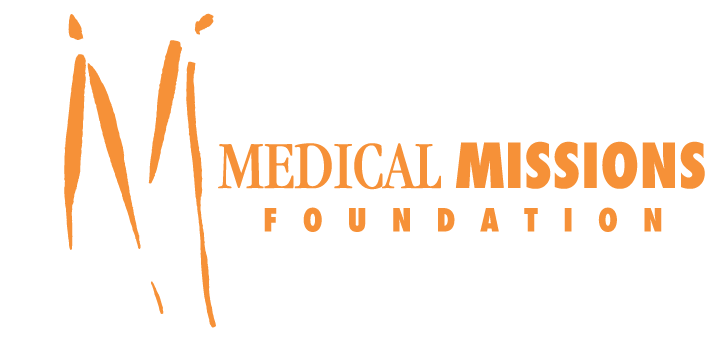Antigua 2018 – Audiology (Ear)drums Up Patients
Our audiology group has been swiftly moving through their patients this week. So far, they’ve seen 87 patients in total, performed 51 hearing tests and fit 61 people with hearing aids.
Many of the patients this year are returning for checkups, and some need replacement hearing aids that have been ruined by ash from Fuego’s eruption. Most patients are receiving just one hearing aid this week for the ear they struggle to hear with the most, and some of them might return next year for a second one if needed.

Audiology student Brenna block’s off a patient’s ear canal to keep his eardrum safe before she makes his hearing aid.
Some members on this year’s team chose to pursue audiology because of their own experience with hearing aids. Audiology student Ethan has had bilateral hearing aids since he was 16. He has difficulty hearing high-frequency sounds, such as “f,” “th” and “s.”
Along with Ethan, there are three other students: Abi, Brenna and Angelica. There are also two supervisors for the group, Dr. Krysta and Dr. Lauren.
The tools our group has in Guatemala differ from the ones available to us in the U.S., so the team has had to make some adjustments to their work this week. Typically, audiologists in the U.S. make a mold of a patient’s ear and then send the impression off to lab to have the earpiece made out of silicon. But in Antigua, the audiologists use a material called Insta-Mold instead. Insta-Mold allows the team to make earpieces on the spot to hold the hearing aids in place, and the earpiece should last the patient about two years. This method works great for the patient because it fixes their problem quickly, and it’s a pretty simple process: first, the audiologists block off the ear canal, then they squeeze the mixture for the mold into the patient’s ear, then they thread the tube of the hearing aid through the mold after it has solidified.

Dr. Krysta makes an impression of a patient’s ear using Insta-Mold to form the earpiece for her hearing aid.
“If you don’t put in the block then, worst-case scenario, it’ll adhere to the ear drum, and then when you pull it out you’ll pull out the ear drum,” Dr. Krysta said. “It’s not something you’d want to do to people.”
In addition to the audiologists, there are also a few interpreters working on the team to help the medical staff complete each hearing test and teach the patients how to use their new hearing aids. The interpreters, Annika, Paco, Cassandra and Carmen, have really been helping the group work efficiently.
Most of the interpreting has been done verbally, and even though some of the medical staff knows American Sign language, there is still a language barrier with the signs. Audiology student Abi said she took American Sign language as her foreign language in college, but it’s much different here than it is in the U.S.
The audiologists have been very thankful for the help from the interpreters, and it looks like they are all working together well and getting their patients helped quickly.
Photos by Erin Milsten and Matthew Bene
Dr. Lauren makes an impression of Emilio’s ear for his hearing aid.
